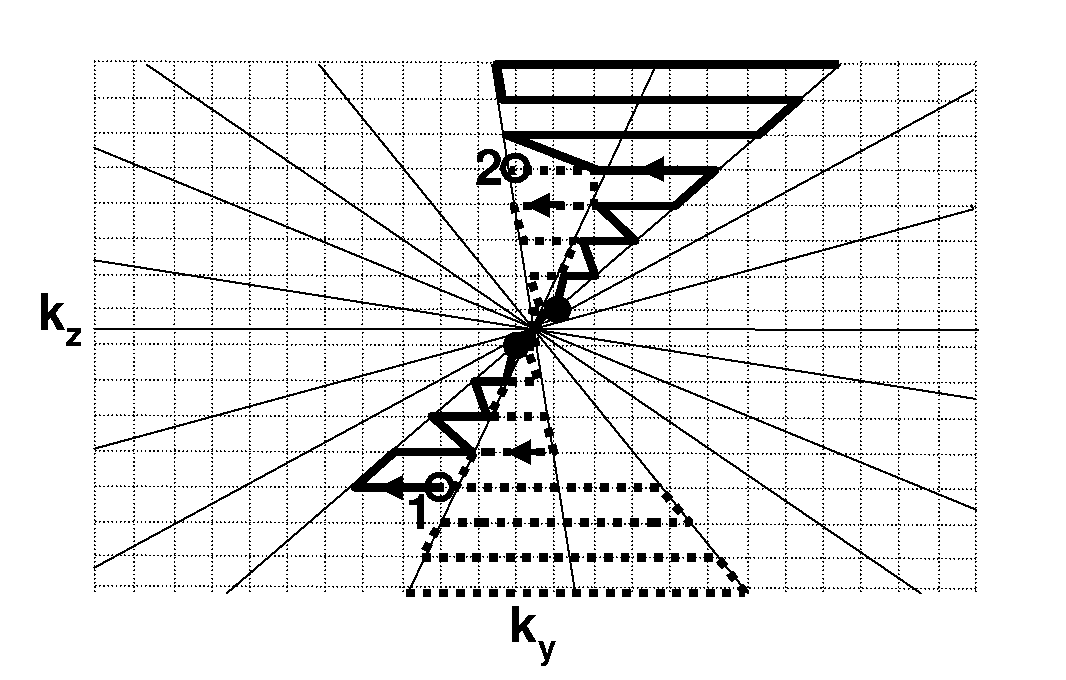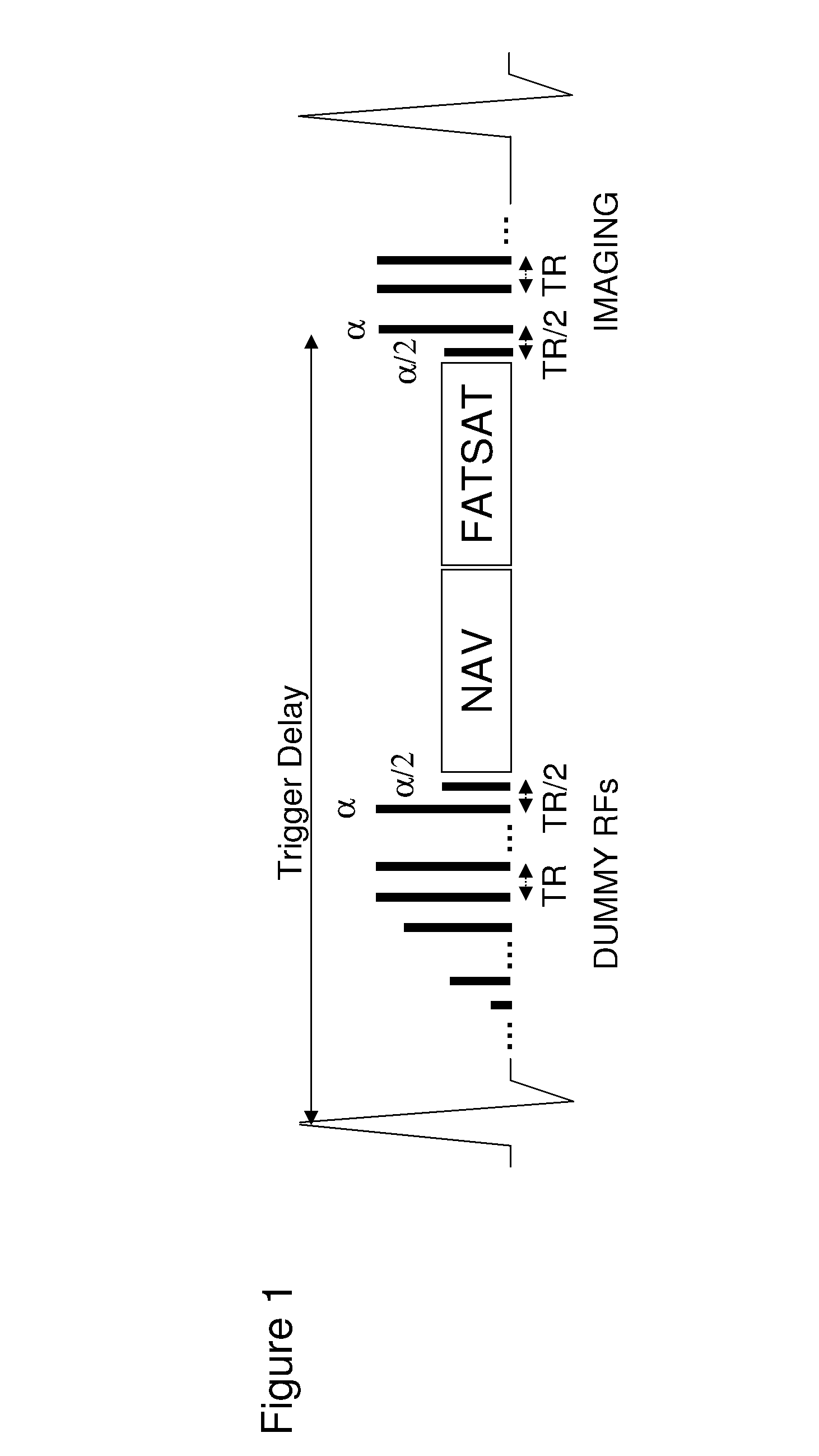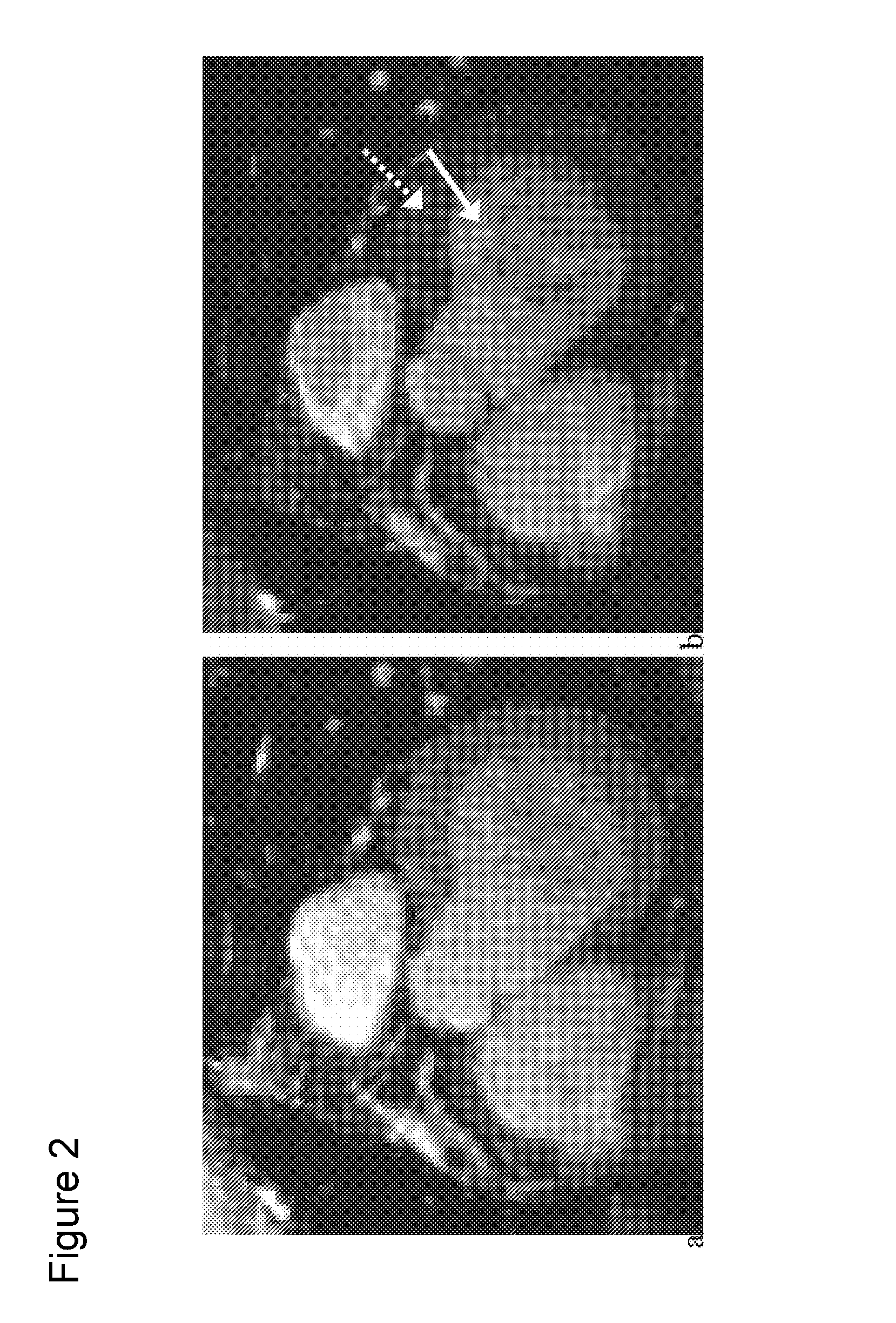Magnetic resonance imaging concepts
a magnetic resonance imaging and concept technology, applied in the field of magnetic resonance imaging concepts, can solve the problems of degrading the effectiveness of the data, affecting the accuracy of the data, so as to achieve accurate motion estimation, effective navigation, and accurate motion estimation.
- Summary
- Abstract
- Description
- Claims
- Application Information
AI Technical Summary
Benefits of technology
Problems solved by technology
Method used
Image
Examples
Embodiment Construction
[0058]It is to be understood that the figures and descriptions of the present invention have been simplified to illustrate elements that are relevant for a clear understanding of the invention, while eliminating, for purposes of clarity, other elements that may be well known. The detailed description will be provided hereinbelow with reference to the attached drawings.
[0059]One aspect of the present invention relates to an improved navigator protocol for magnetization prepared steady-state free precession 3D coronary MRA. In a presently-preferred embodiment, the magnetization preparation method that executes the navigator echo and the fat saturation just prior to the image echoes. The present scheme allows more effective motion and fat suppression and improved contrast-to-noise ratio for coronary MRA.
[0060]In one implementation of navigator steady-state free precession 3D coronary MRA, the navigator and fat saturation pulses are executed during steady state after the preparatory RFs...
PUM
 Login to View More
Login to View More Abstract
Description
Claims
Application Information
 Login to View More
Login to View More - R&D
- Intellectual Property
- Life Sciences
- Materials
- Tech Scout
- Unparalleled Data Quality
- Higher Quality Content
- 60% Fewer Hallucinations
Browse by: Latest US Patents, China's latest patents, Technical Efficacy Thesaurus, Application Domain, Technology Topic, Popular Technical Reports.
© 2025 PatSnap. All rights reserved.Legal|Privacy policy|Modern Slavery Act Transparency Statement|Sitemap|About US| Contact US: help@patsnap.com



